Paramod 2011 Data Lists and Trees
by Tuğrul Yazar | February 29, 2012 15:31
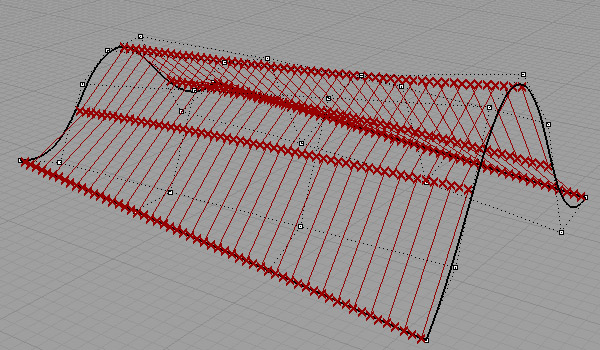
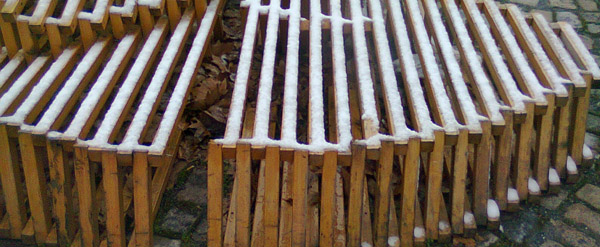
Today, we’ve studied ways of representing multiple data structures in Grasshopper. As of our last week’s experience, sometimes (most of the time actually) we’ll need to work with vast amount of data. We’ll have to control them in order to open door for further explorations. Today’s exercise was a good example of this “sustainable” process of data management. All functionality of Grasshopper is based on data matching. From short-list, long-list matching, to the structures of data trees. The simple solution to a one-point attractor on a grid represents this very well. Also the homework problem of SPEC’s parametric re-modeling still remains, but with a better understanding on it’s data structure now. The image above shows the contours of any free-form surface, “dispatched” into two lists, then exploded into segments and then, correct items are selected. Please take a look at this definition: [GHX: 0.8.0066][1] and corresponding surface model [3DM: Rhino 4][2]. There are other methods to solve this problem, but this definition might be the most basic one, highlighting the use of data trees and their manipulation. Please check out essential data tree operations on this website and other examples found in outer links.
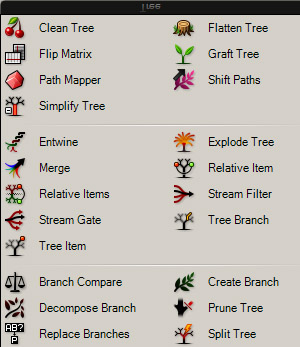
The most important part of today’s topic was the need to be experienced in data lists and data tree operations. Next week, we’ll get into them deeper. Please take a look at the definition below and add panels to track the manipulation of data within the diagram.
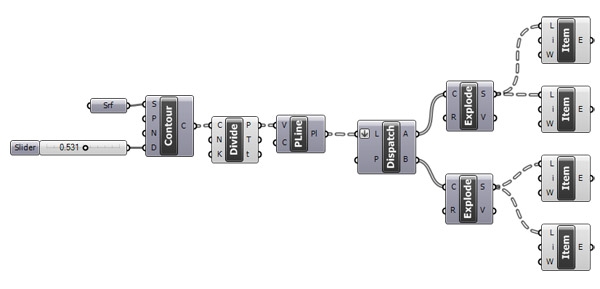
Also, we’ll deal with basic methods that are used to prepare geometric objects for fabrication. Today’s homework was the modeling of a tree, but not issued yet. If you completed SPEC, you may check this out:
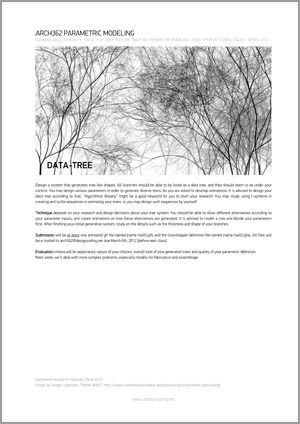 [3]
[3]- [GHX: 0.8.0066]: https://www.designcoding.net/decoder/wp-content/uploads/2012/02/2012_02_29-362.ghx
- [3DM: Rhino 4]: https://www.designcoding.net/decoder/wp-content/uploads/2012/02/2012_02_29-362.3dm
- [Image]: https://www.designcoding.net/decoder/wp-content/uploads/2012/02/2012_02_29-362-hw03.pdf
Source URL: https://www.designcoding.net/week-03-data-lists-and-trees/